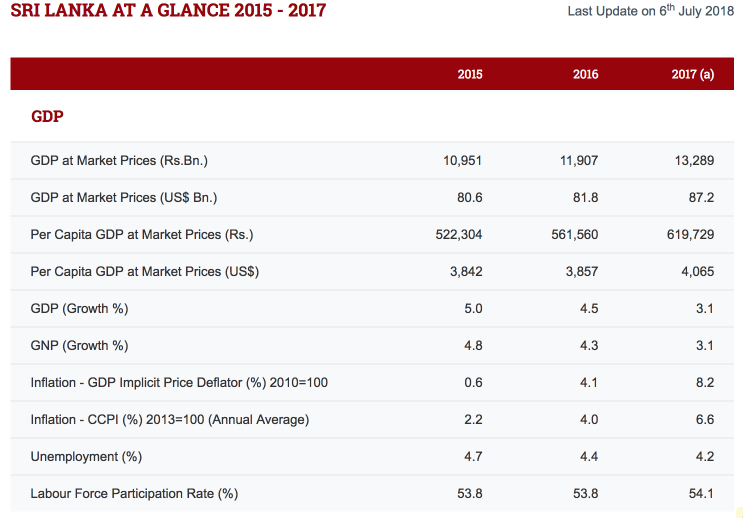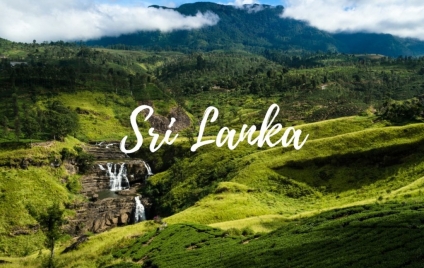Sri Lanka, the “Wonder of Asia”, formerly known as Ceylon, has long served as an important strategic destination in the Indian Ocean, catering to merchants and travelers from South-east Asia, India, the Middle East and East Africa.
Following a 25-year-long civil war that ended in 2009, Sri Lanka’s economy grew at an average of 6.4 percent between 2010-2015, reflecting a peace dividend and a determined policy thrust towards reconstruction and growth. Sri Lanka’s economy has transitioned from a predominantly rural, agricultural economy towards a more urbanized economy driven by services.
Strong economic growth in the last decade has led to improved shared prosperity and an important decline in poverty. Extreme poverty remains low, as the $1.90 (PPP 2011) poverty rate fell half a percentage point, from 2.4 to 1.9 percent between 2009/10 and 2012/13. The real per capita consumption of the bottom 40 percent increased 2.2 percent annually between 2006/07 and 2012/13, and improved living standards are reflected in rising asset ownership, declining shares of food consumption, and a rise in reported household per capita income among the poor.

Source: The World Bank Group / Ministry of Finance Sri Lanka





